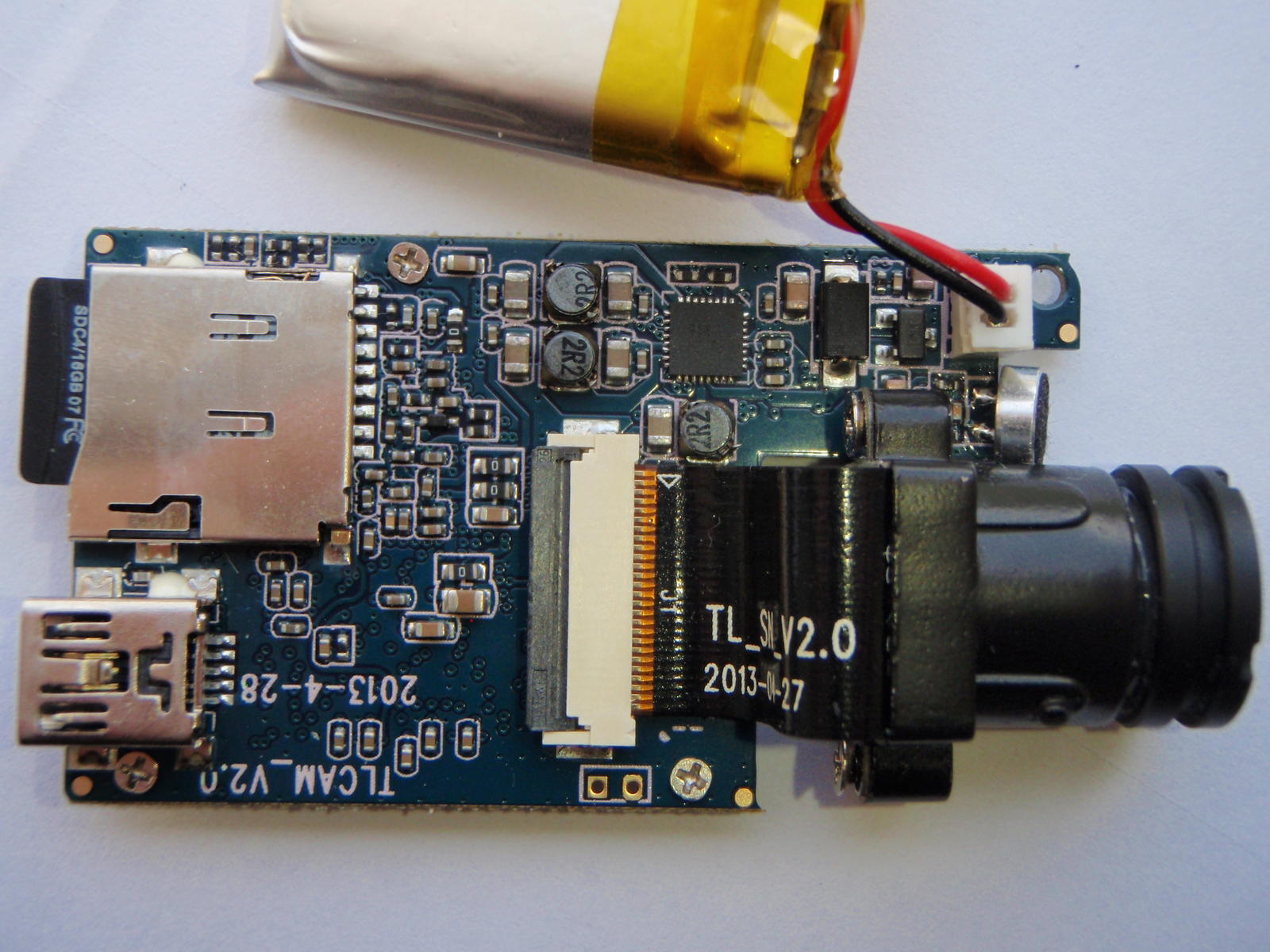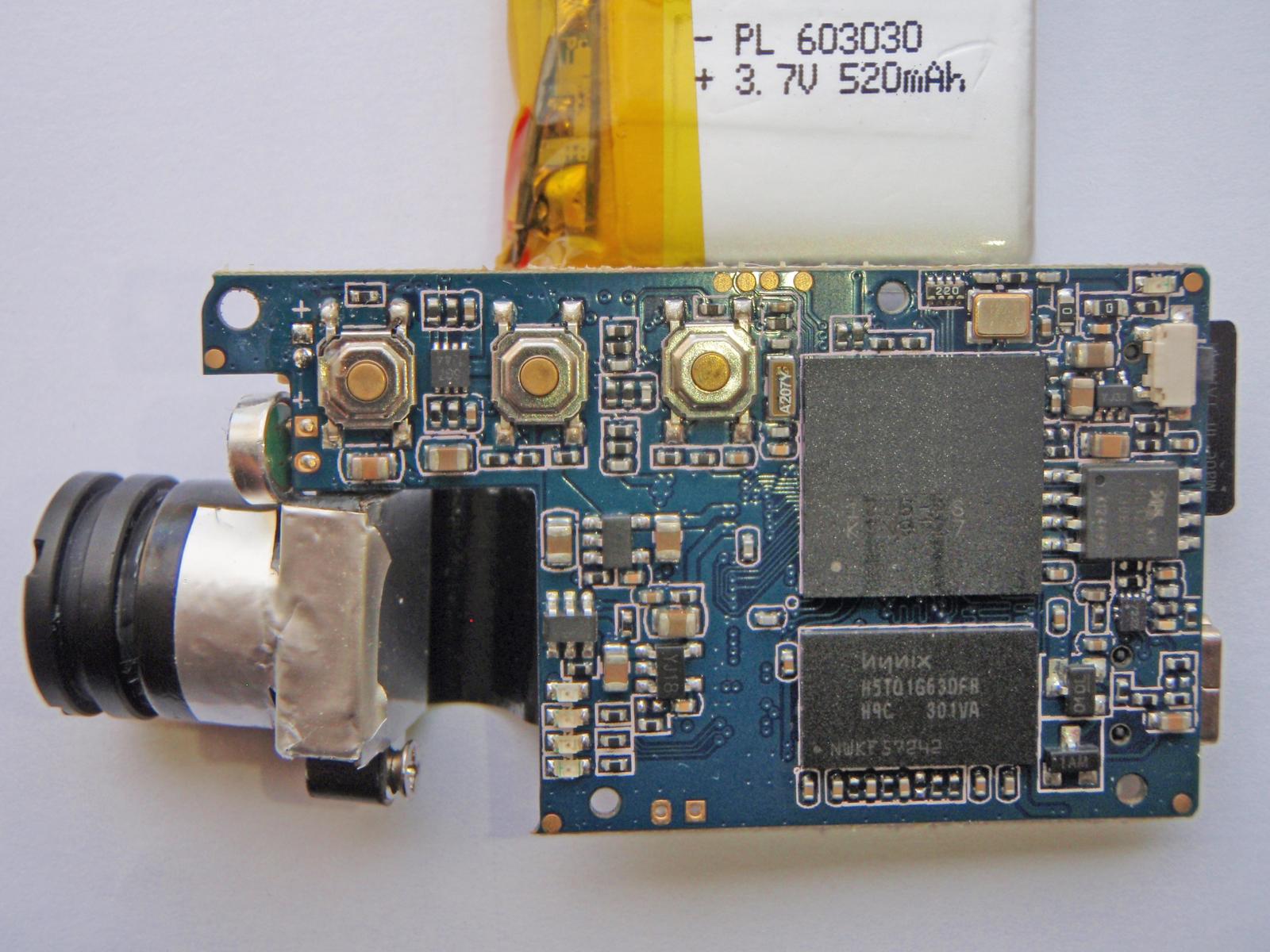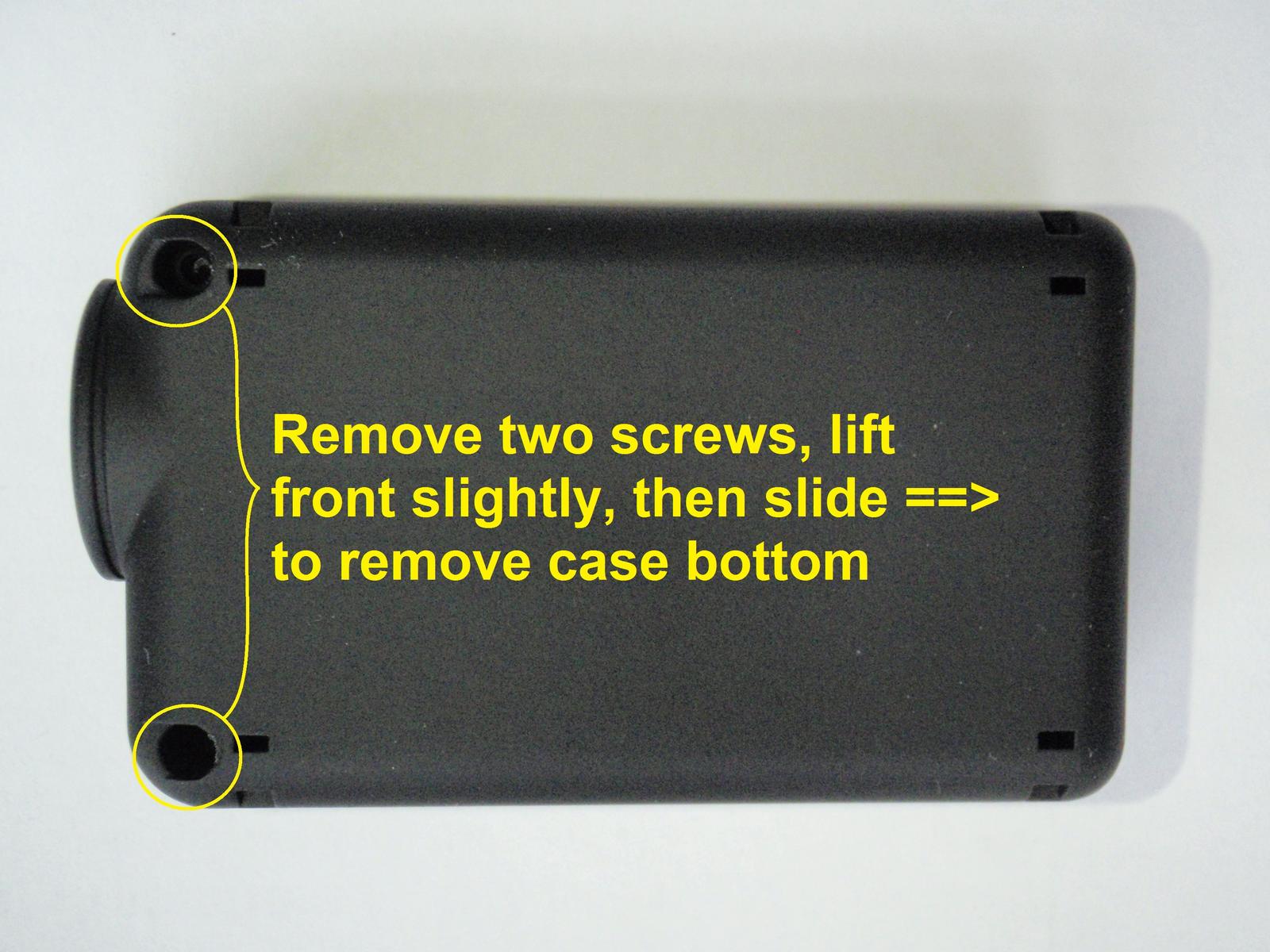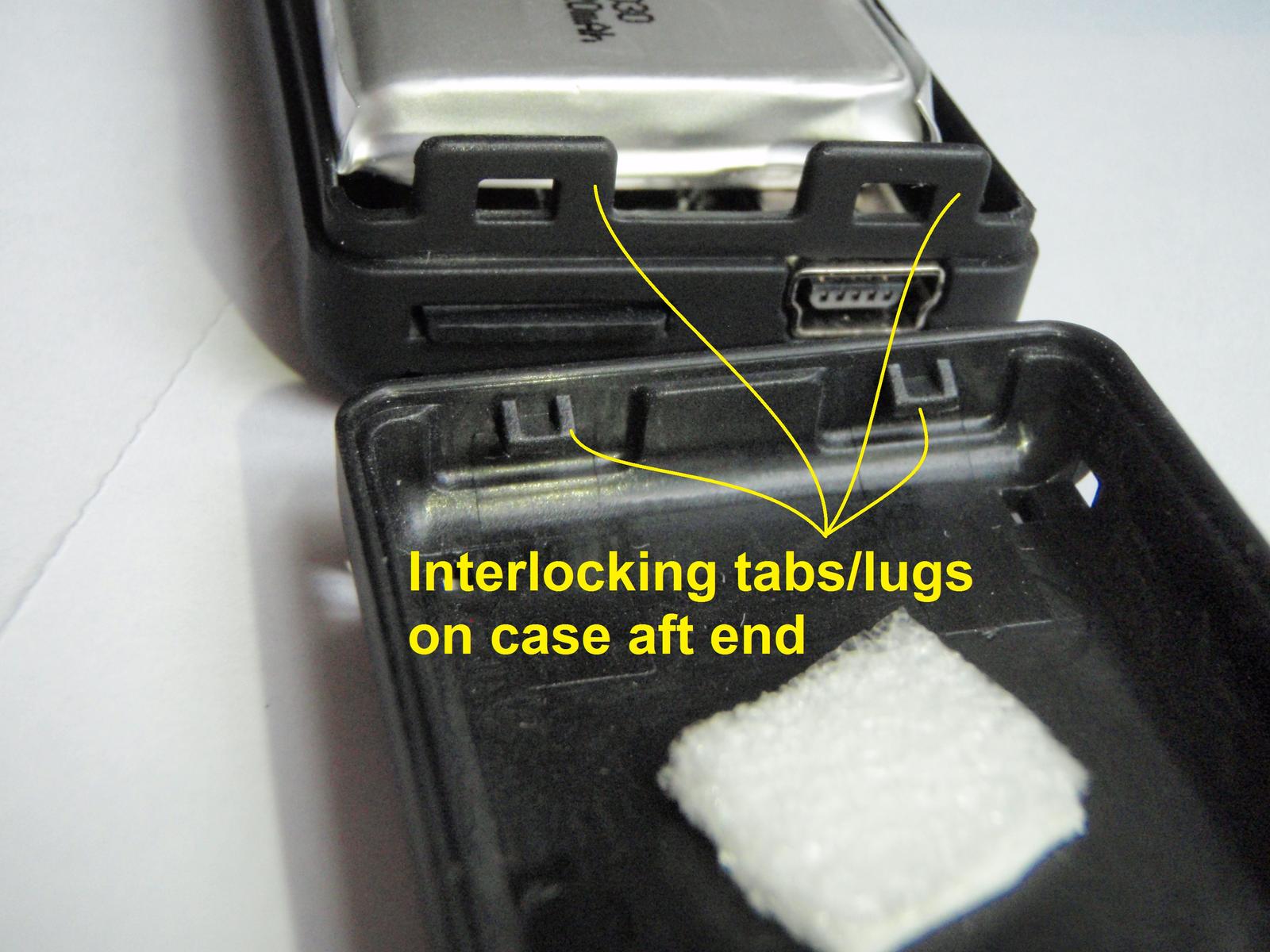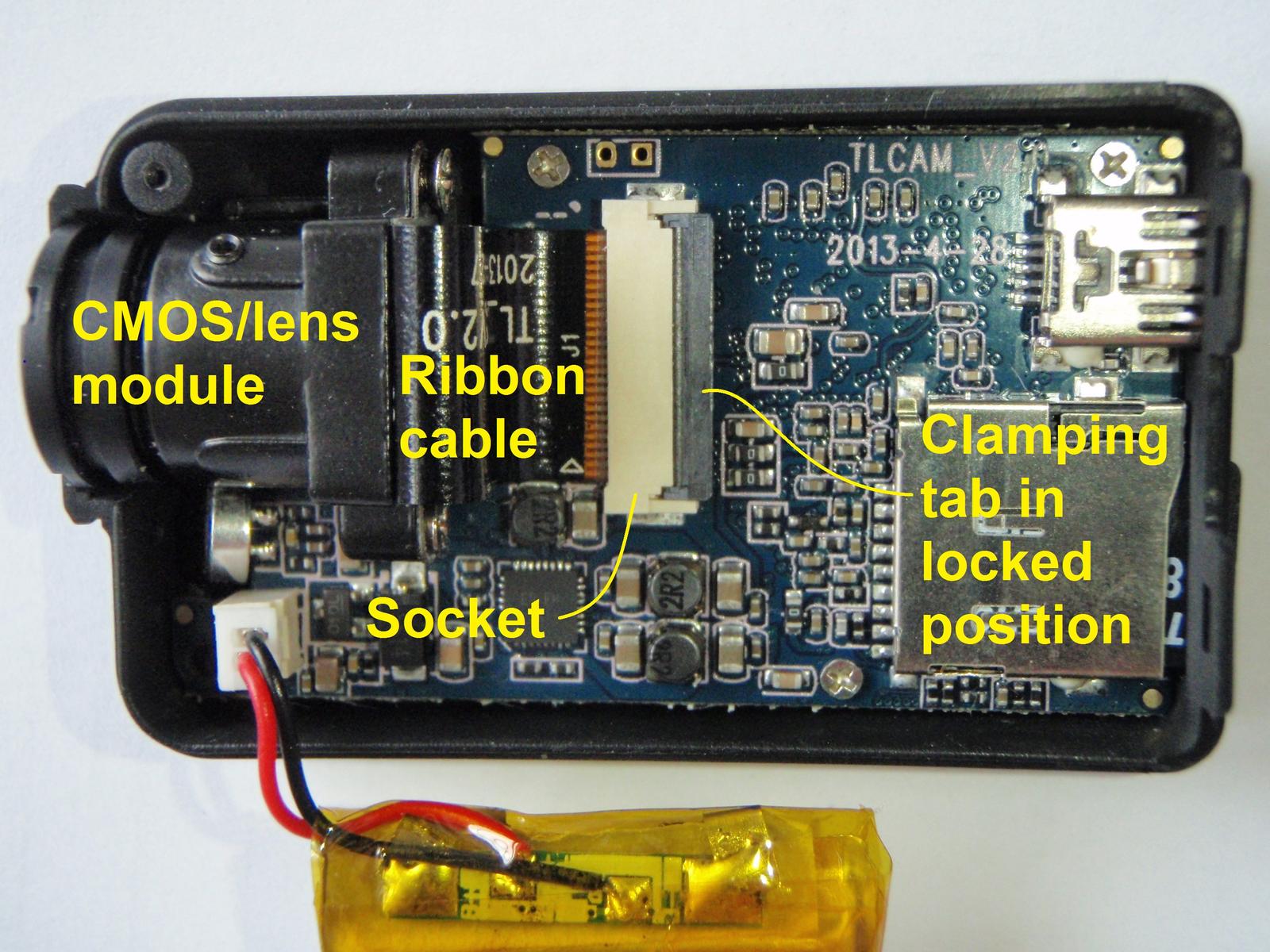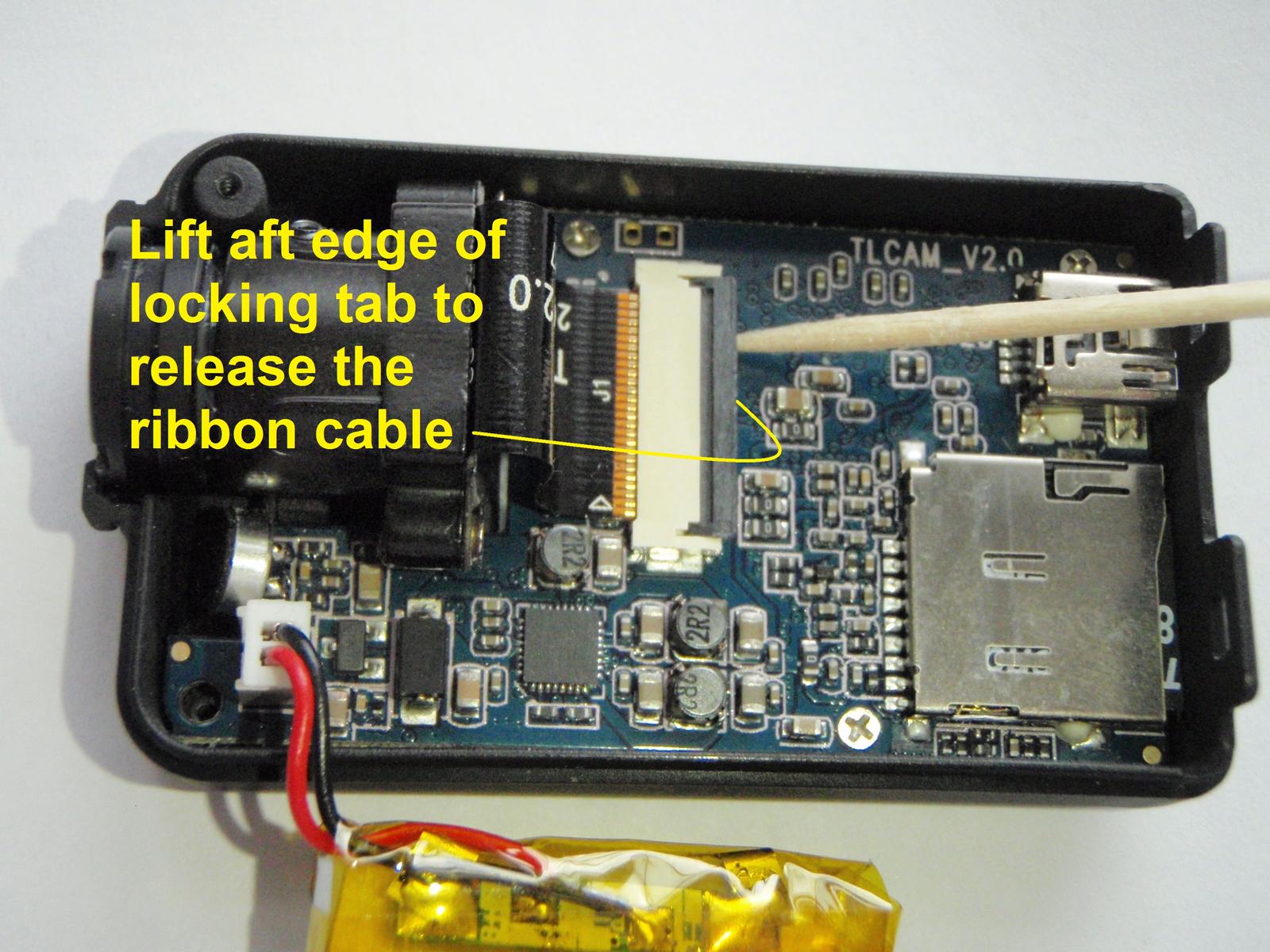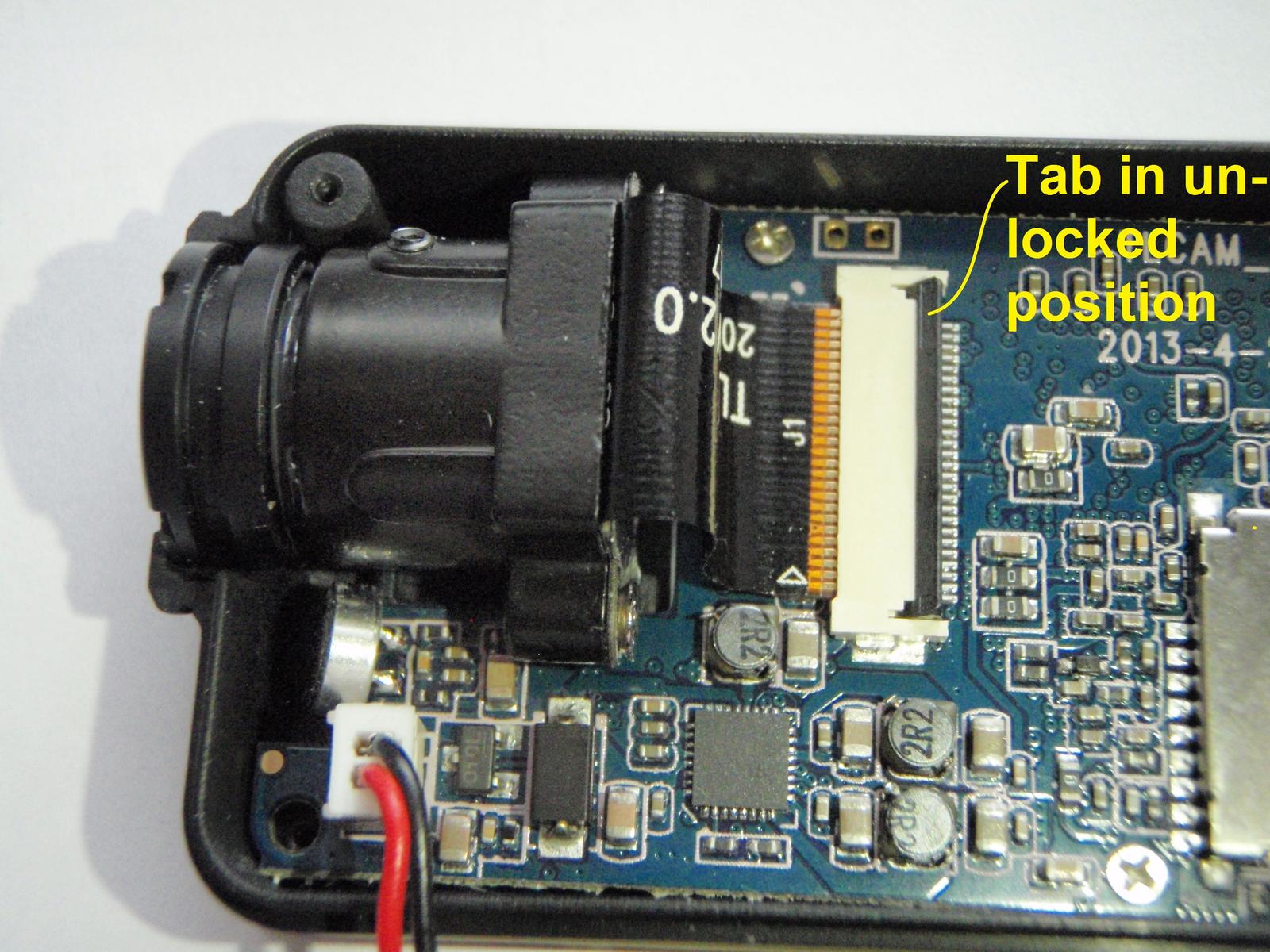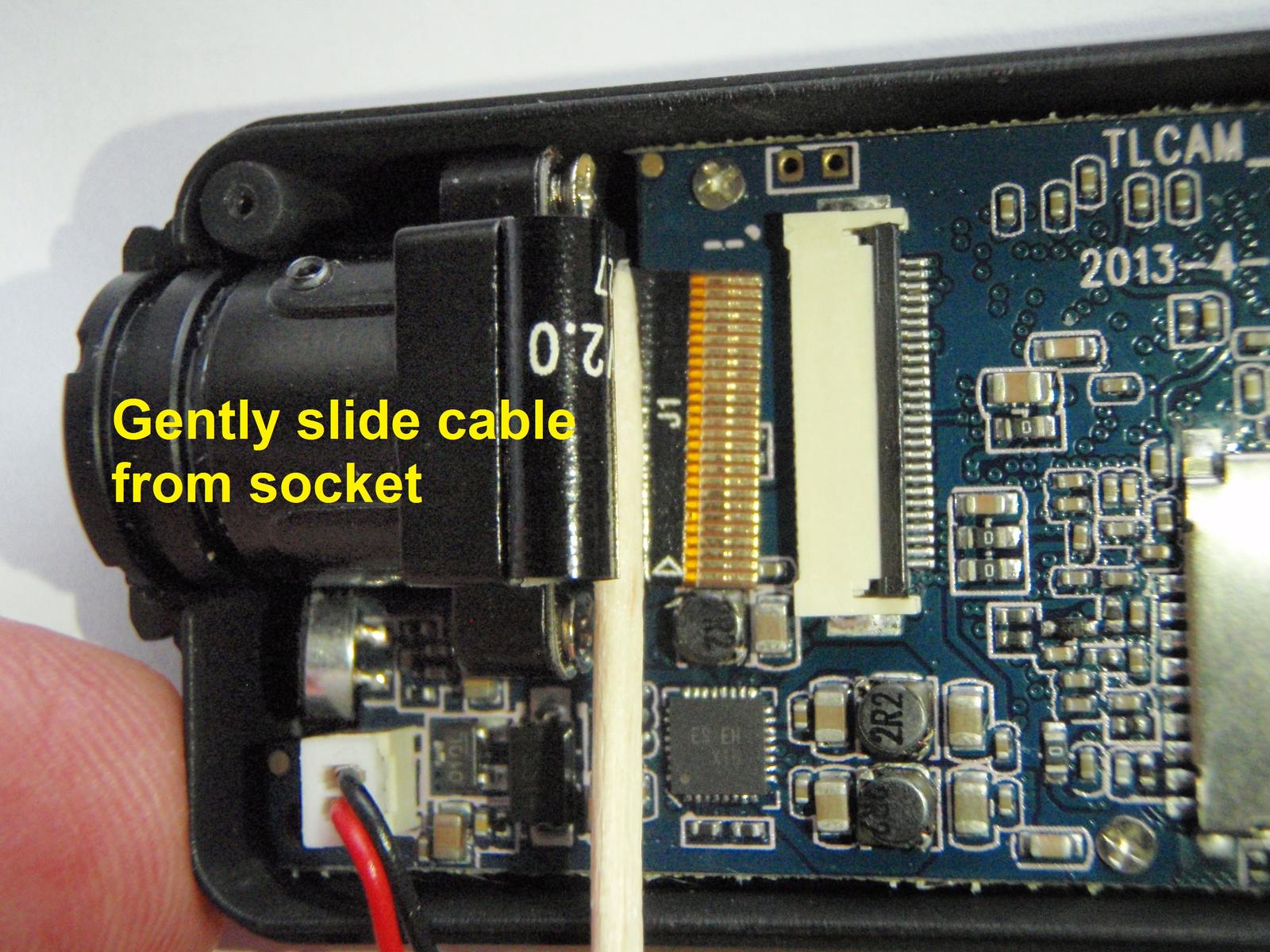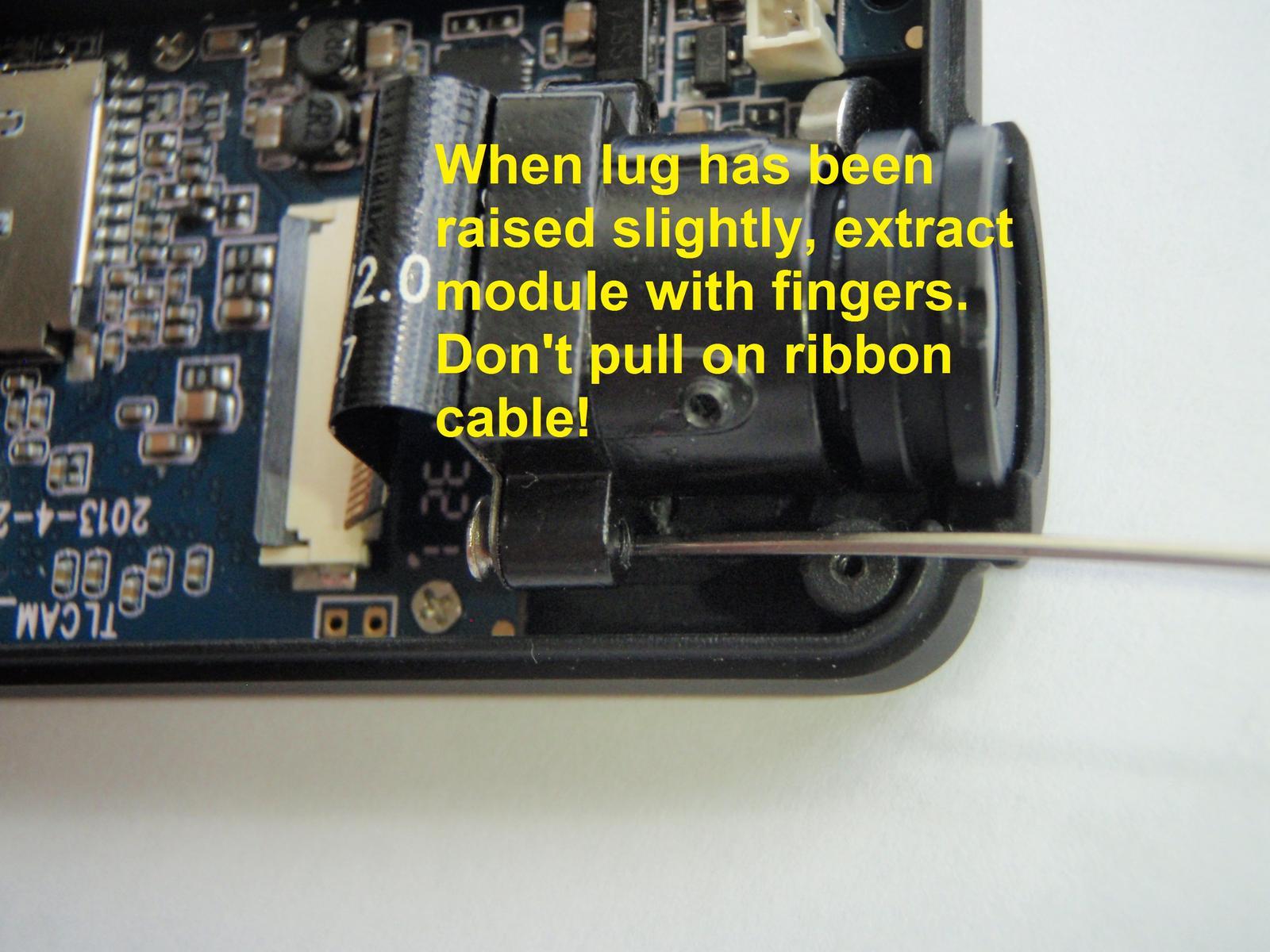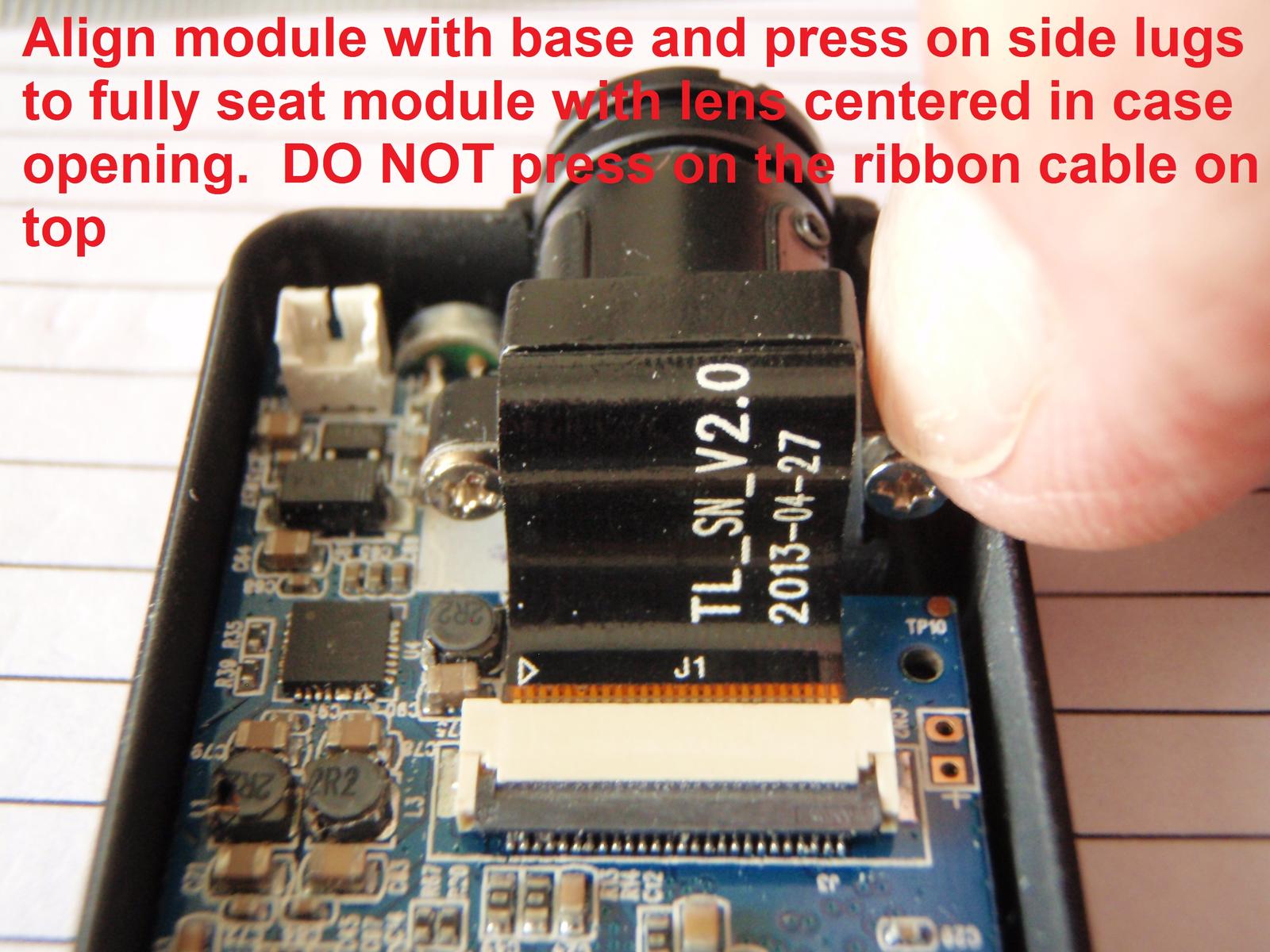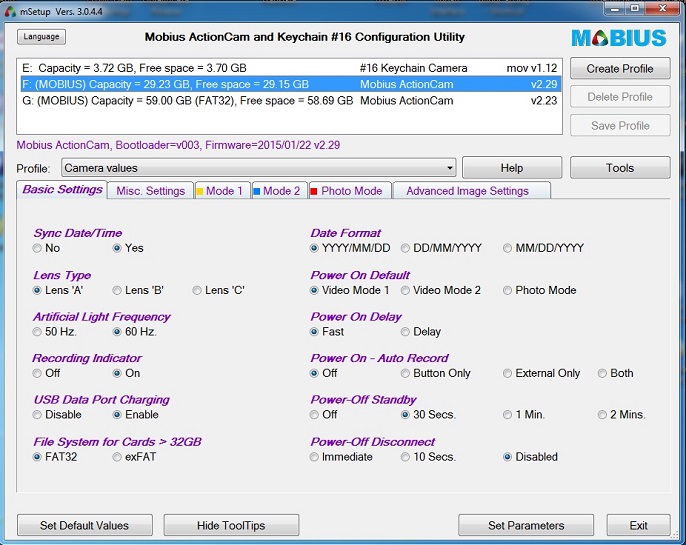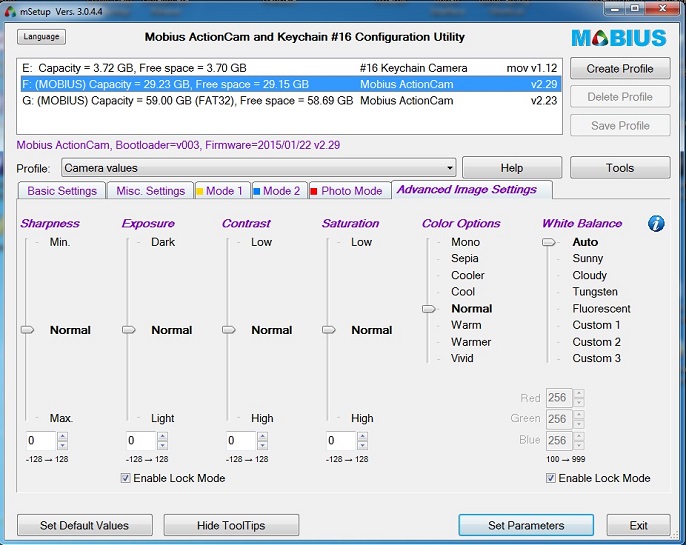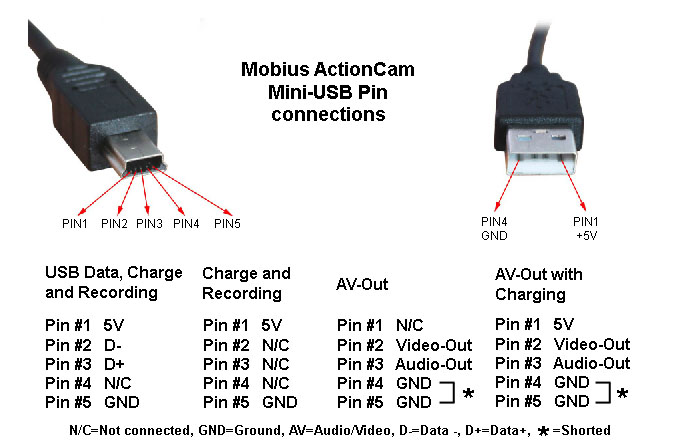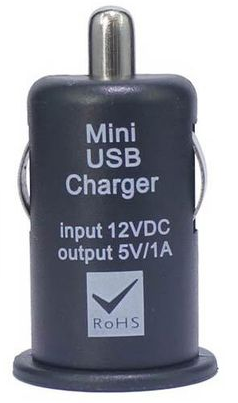Charging only, using a standard USB charger
When charging, the green LED will be on.
When fully charged, the green LED will be off.
The camera can be charged by any standard *USB source. This includes:
• USB mains adapters (wall adapters), e.g. mobile phone chargers, navigation chargers, USB chargers, etc.
• USB standard car battery chargers.
• USB backup batteries designed to power/charge mobile phones, navigation devices, etc.
• USB computer connection.
►Only use quality chargers capable of supplying 1000mA (1A) and a stable voltage of at least 5V. Low quality chargers may not be able to supply enough current and can lead to premature battery failure or, in the worst case, even destroy the camera.
* Not all USB devices can supply enough current to charge the internal battery. Most mobile phones etc. will NOT be able to charge the battery.
Charging only, using a PC
When connected to a PC with an SD card inserted, the camera will be connected as an external drive. The battery will be charged.
If you only want to charge the battery, briefly press the Power button to turn the camera off. It is advisable to "safely disconnect" the drive before doing this (method varies depending on your operating system).
Simultaneous Charging and Recording using standard USB cables/adapters
The cable can be connected to any USB power source as long as the power source can supply 5 Volts under load. Note: Some USB hubs do not supply enough current. If the USB hub can't supply a nominal voltage under load, the camera will run on the internal battery which will be flat before the battery has a chance to charge!
• When powering from the computer, the recording must be started before connecting the USB.
• When powering from an external USB power source, the cable can be connected at any time, e.g. when the camera is turned off, before starting the recording, during the recording.
►Only use quality chargers capable of supplying 1000mA (1A) and a stable voltage of at least 5V. Low quality chargers may not be able to supply enough current and can lead to premature battery failure or, in the worst case, even destroy the camera.
Using external power it is possible to record about 4.5 hours of continuous video (many clips created automatically) using a 32GB micro SD card or about 8.5 hours using a 64GB micro SDXC card. These are average values using standard
Technical
• When the camera is turned off, the RTC and processor draw about 15μA.
• When the camera is turned on, but in standby mode, the camera consumes about 300mA.
• When the camera is recording, the camera draws between 350mA and 400mA.
• In order to protect the battery, the camera will stop recording and turn off when the voltage falls below approx. 3.5V.
Haku made the following measurements
No battery connected
• Standby mode: 225mA @ 4.97v
• Standby mode with AV-Out enabled: 265mA @ 4.97v
• Recording 1080p: 305mA @ 4.97v
• Recording 1080p with AV-OUT enabled: 330mA @ 4.96v
Battery connected
• Battery being charged from flat, powered off: 186mA @ 4.97v
• Battery being charged from flat, recording 1080p: average 505mA @ 4.95v
Using the camera with only external USB power (internal battery disconnected)
The camera can be used without the external battery connected. Remember that the RTC (Real Time Clock) will be reset every time the external USB power is removed.
• The camera requires an absolute minimum of 4.18V to operate correctly. This value may vary with the type of card used. I would think 4.3V would be a safer figure.
A word of WARNING
External power should be a nominal 5V. Fractionally higher voltages (such as from a fully charged 4 cell NiMH battery pack) can be tolerated without undue stress of the camera components.
External USB battery packs
You cannot use a battery box with only 3 AAA / 3 AA batteries unless it incorporates step-up electronics to output 5V.
3 Batteries can only supply about 3.6V, but the camera requires a minimum of approx. 4.7V constant voltage. It will not charge or record when the voltage falls below approx. 4.3V.
Car Charger (optional)
Any 12V - 15V DC sources which need to be converted to 5V must go thru the car charger electronics (or similar regulator). You must NEVER bypass these electronics or apply 12V directly to the camera - doing so will destroy the camera.



